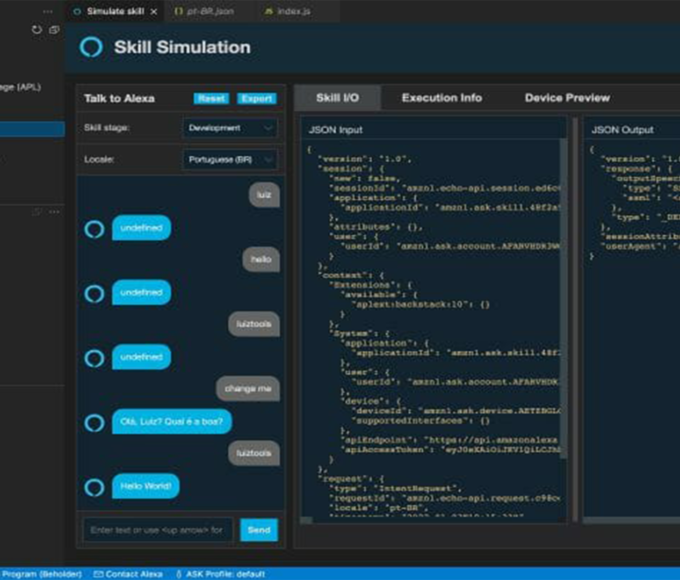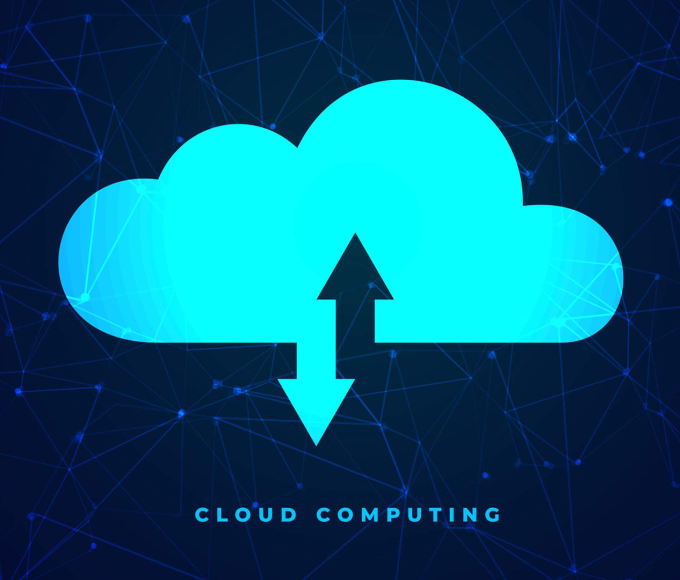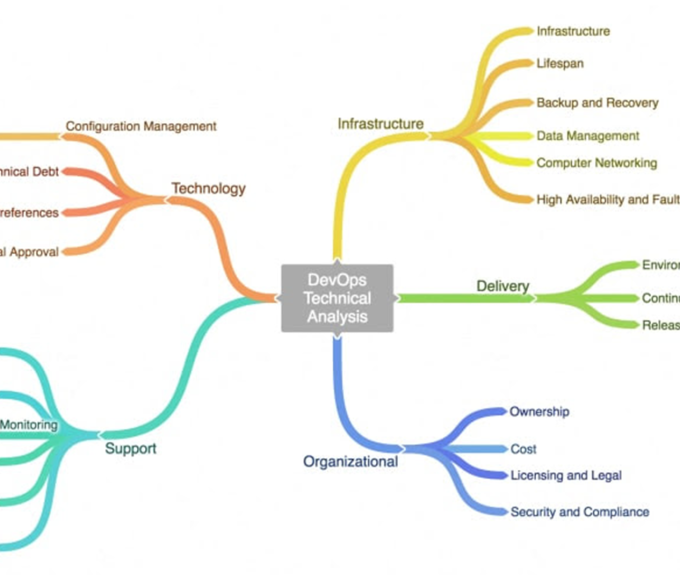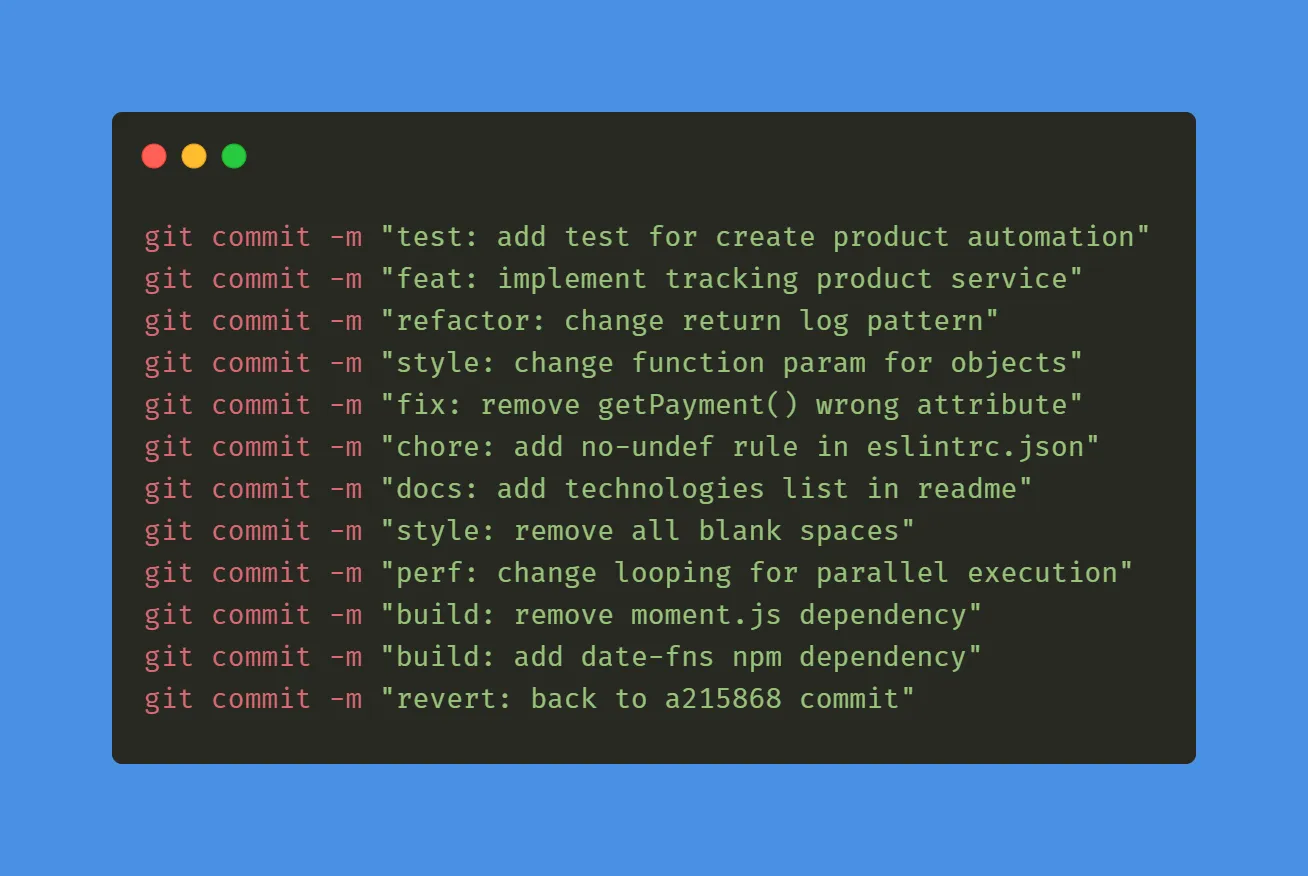Born in the 1960s to enable communication between large mainframe computers, the APIs, an acronym for “Application Programming Interface” or “Interface for Application Programming” in free translation, gained more popularity in the following decade, with the spread of the use of interfaces for communication between systems.
However, it was only with the explosion of the Internet in the early 2000s – a scenario in which companies had to adapt and evolve their operations to digital business models – that there was an exponential growth in the number of APIs created within companies. Thus, through the growth in scale of the number of APIs created, solutions known as API Managers began to emerge.
Faced with increasingly fierce competition, companies need to innovate continually to stay relevant. In this context, the new generation of API Managers must be able to deal with the challenges inherent in the current scenario and offer more efficient and adaptable solutions, to respond to demands that require a response in ever shorter cycles.
Understanding the importance of API management solutions and how fundamental they are, reduces the risk of facing problems of disorderly growth and cost increase, which harms the business.
Complexity, Vendor Lock-In (technological lock-in), non-flexible architecture, and limited efficiency are some of the difficulties that companies can face if they don’t update themselves concerning API Management technologies. First, because this software often requires specialized skills to operate, this can make it difficult for business analysts to manage and understand the APIs, affecting time to market and potentially increasing the TCO (total cost of ownership).
Another issue would be the architecture of current solutions, which, because most of them were written more than a decade ago, may not be suitable for environments distributed in different cloud providers, nor for modern hybrid architectures, equally impacting innovation.
Finally, some solutions use technologies that are not optimized for operational efficiency. This results in unoptimized consumption of computational resources, higher operating costs due to a lack of flexibility in automation, and high prices due to trading in dollars and applicable import taxes.
On the other hand, for companies that decide to avoid these problems and update themselves concerning these programs, they must pay attention to solutions that provide lower TCO, that is, lower consumption of infrastructure through architecture with modern technologies, lower cost of operation through governance automation and, for the Brazilian scenario, fees in local currency.
In this sense, the characteristics of the new generation of API Managers that will be present in recent and future technologies include allowing companies to accelerate revenue generation. From the quick construction of APIs in a simple and intuitive interface that allows the use and easy understanding by a technical and non-technical public, in addition to guaranteeing speed in the construction of integrations between systems through intelligent connectors configured via low-cost interfaces and no-code.
Another topic that should also be noted is increased flexibility. Companies should pay attention if the solution offers the possibility of a flexible installation, On-Premise, multi-cloud or hybrid, and if it is ready to deal with modern architectures. The creation of a single and standardized repository for Specs APIs following market standards (OpenAPI) is also relevant, as well as the management of different API Gateways, requiring the freedom to migrate the APIs to another solution at any time, avoiding the already cited Vendor Lock-In.
Given this, strategic actions such as deployment, approvals, and versioning, among others, performed via the graphical interface, must also be able to be triggered via API or CLI to allow automation via the CI/CD mat, for example, according to the guidelines of each company. This brings enormous flexibility and puts the power in the company’s hands to decide the best way to govern and manage the API lifecycle.
It is possible to observe that the scenario is in expansion and increasing updating. According to the latest analysis by Market Research Future, the global cloud API market is poised to have revenues of over US$3.71 billion by the year 2030. The global cloud API segment is expected to register a CAGR of over 23.2% through the same year. In this context, it is extremely important to see APIs as strategic assets for the digital transformation process and to keep up with changes.
In an ever-changing world, it is crucial to continually move forward and modernize to grow in an orderly and balanced way without creating more complexity and unnecessary costs. Companies that do not prioritize the governance and efficient management of APIs run the risk of facing serious growth problems and increased costs, harming the business. In the end, it’s always about analysis and choices that balance the cost-benefit ratio.
*The content of this article is the author’s responsibility and does not necessarily reflect the opinion of iMasters.



























Leave a comment